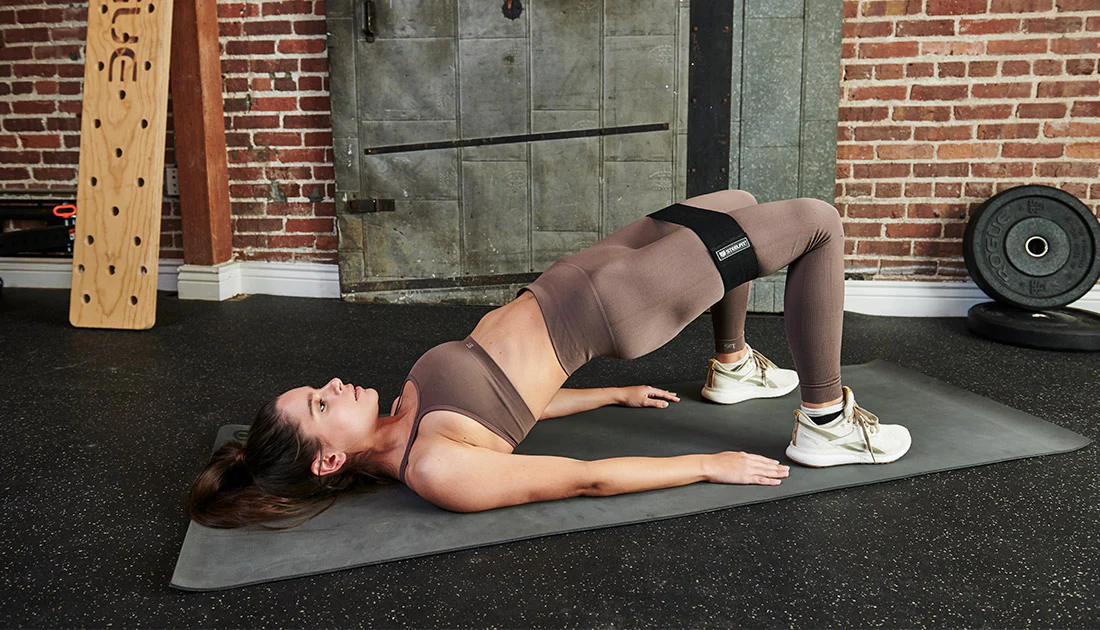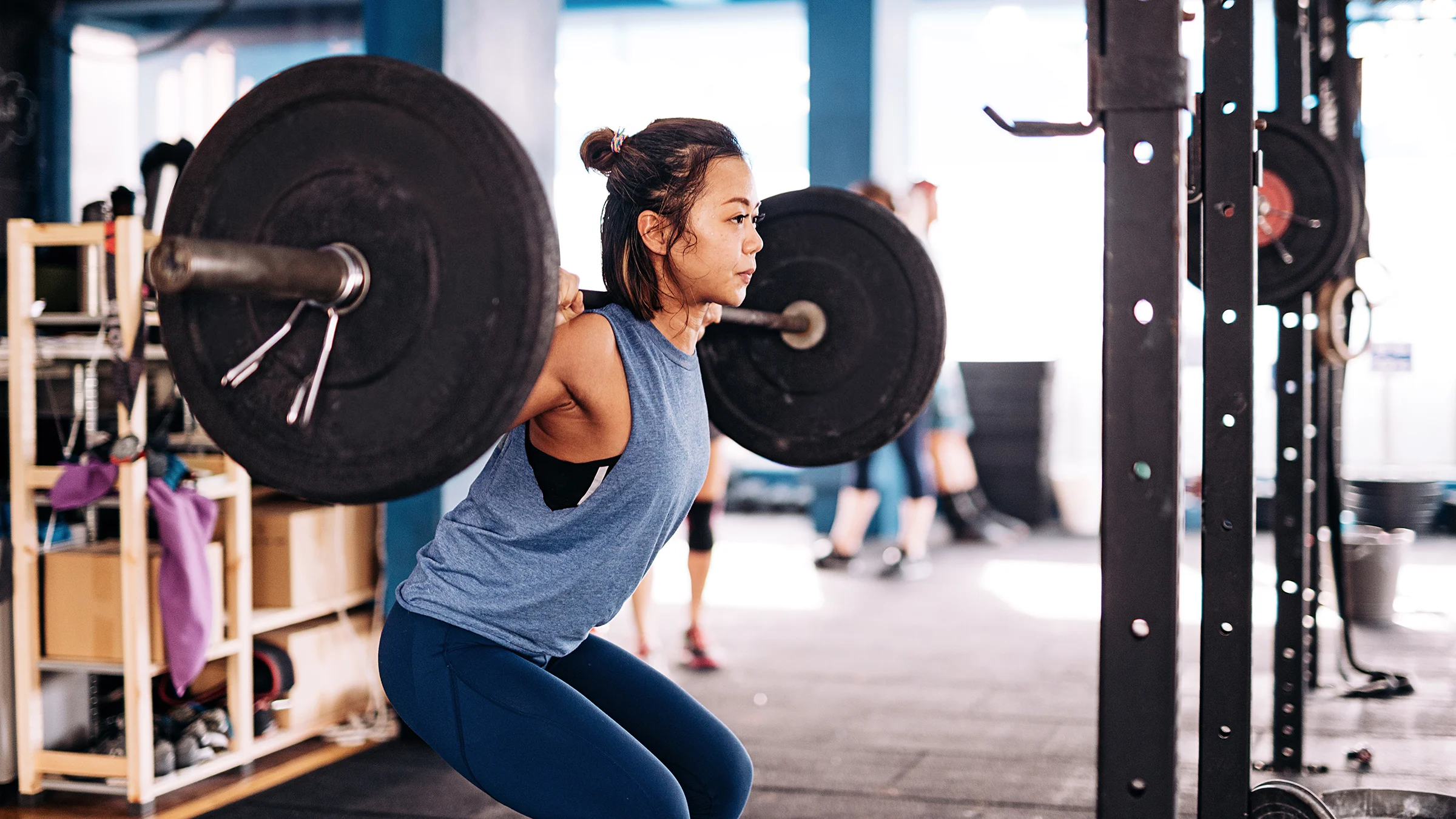Pilates has emerged as a popular exercise method that emphasizes core strength, flexibility, and overall body awareness. Many practitioners wonder whether Pilates can effectively contribute to muscle building, particularly when compared to traditional strength training. This article explores the mechanics of Pilates, focusing on its unique approach to muscle engagement and strength development.
By examining key techniques, the role of resistance, and emerging trends in Pilates, this article aims to provide valuable insights for those looking to enhance their strength and fitness through this versatile exercise regimen. Whether you are a seasoned practitioner or new to Pilates, understanding how it can contribute to muscle growth will help you make informed decisions about your fitness routine.
In this article you will find:
Understanding Pilates and Muscle Building
Pilates, developed by Joseph Pilates in the early 20th century, has gained immense popularity as a low-impact exercise regimen that emphasizes core strength, flexibility, and overall body awareness. While many practitioners associate Pilates primarily with improving posture and enhancing flexibility, a common question arises: does Pilates help build muscle? To answer this, we must delve into the mechanics of Pilates and how it contributes to muscle development.
The Fundamentals of Pilates
Pilates is characterized by controlled movements and a focus on breathing, which are designed to engage the body’s core muscles. The exercises are typically performed on a mat or using specialized equipment, such as the Reformer, which provides resistance. This resistance is crucial for muscle engagement and can lead to muscle growth over time.
Unlike traditional weightlifting, which often focuses on heavy weights and fewer repetitions, Pilates utilizes lighter resistance with a higher number of repetitions. This method can lead to muscle endurance rather than sheer muscle mass, making it particularly beneficial for those looking to tone their bodies and improve functional strength.
Muscle Engagement in Pilates
One of the unique aspects of Pilates is its emphasis on muscle control and activation. During a Pilates session, practitioners are encouraged to concentrate on the specific muscles being worked. This mindful approach not only enhances muscle engagement but also promotes better overall body mechanics. Key muscle groups targeted in Pilates include:
- Core Muscles: The foundation of Pilates, the core includes the abdominals, obliques, and lower back muscles.
- Leg Muscles: Exercises often focus on the quadriceps, hamstrings, glutes, and calves.
- Upper Body Muscles: Pilates also engages the shoulders, arms, and back through various movements.
Instructors often emphasize the importance of engaging muscles properly during exercises to maximize effectiveness. This intentional engagement can lead to improved muscle tone and strength over time.
Scientific Perspective on Pilates and Muscle Growth
Research indicates that Pilates can indeed contribute to muscle building, albeit in a different manner than traditional strength training. A study published in the Journal of Sports Science and Medicine found that participants who engaged in Pilates experienced significant improvements in muscle strength and endurance, particularly in the core and lower body regions. This suggests that while Pilates may not lead to the same muscle hypertrophy as heavy weightlifting, it can still be an effective means of enhancing muscle function.
Conclusion
Understanding the relationship between Pilates and muscle building is essential for anyone looking to incorporate this practice into their fitness routine. While Pilates may not replace traditional strength training for those seeking maximum muscle mass, it offers a unique approach to building strength, improving flexibility, and enhancing overall body awareness. As the fitness landscape continues to evolve, Pilates remains a valuable tool for individuals seeking a holistic approach to health and wellness.
Expert Insights on Pilates Techniques for Strength
As Pilates continues to gain traction as a versatile fitness method, understanding the specific techniques that enhance strength is crucial for practitioners at all levels. Expert instructors emphasize that the effectiveness of Pilates lies not just in the exercises themselves, but also in how they are executed. Here, we explore key techniques and insights from seasoned Pilates professionals that can help individuals maximize their strength-building potential.
Focus on Core Engagement
One of the fundamental principles of Pilates is the emphasis on core engagement. Expert instructors often highlight that a strong core is the foundation for all movements in Pilates. Engaging the core helps stabilize the body, allowing for more controlled and effective exercise execution. Here are some techniques to enhance core engagement:
- Mindful Breathing: Inhale deeply to prepare and exhale while executing movements. This not only aids in muscle activation but also promotes relaxation and focus.
- Pelvic Placement: Maintain a neutral spine and pelvis during exercises. This alignment is crucial for optimal core engagement and overall strength.
- Visual Cues: Instructors often use visualizations, such as imagining drawing the navel towards the spine, to help students connect with their core muscles.
Utilizing Resistance for Muscle Activation
Resistance is a cornerstone of strength training, and Pilates incorporates various forms of resistance to enhance muscle activation. Whether using a Reformer, resistance bands, or body weight, the following techniques can amplify strength-building:
- Reformer Techniques: The Reformer allows for adjustable resistance, enabling practitioners to tailor their workouts to their strength levels. Techniques such as the Footwork and Long Box series effectively target multiple muscle groups.
- Body Weight Exercises: Many Pilates exercises, such as the Plank and Push-Up, utilize body weight as resistance. Focusing on form and control during these movements can lead to significant strength gains.
- Progressive Overload: Instructors recommend gradually increasing resistance or the complexity of movements to continually challenge the muscles and promote growth.
Incorporating Dynamic Movements
Dynamic movements in Pilates can significantly enhance strength by incorporating functional patterns that mimic real-life activities. Expert instructors advocate for including exercises that require movement through multiple planes, such as:
- Side Lying Leg Series: This series targets the hip abductors and improves lateral stability, essential for athletic performance.
- Rotational Movements: Exercises like the Saw and the Spine Twist engage the obliques and promote rotational strength, which is vital for many sports.
- Combining Movements: Techniques that combine upper and lower body movements, such as the Teaser, challenge coordination and overall strength.
The Importance of Instructor Guidance
Working with a qualified Pilates instructor can make a significant difference in mastering techniques for strength. Instructors provide personalized feedback, ensuring that practitioners maintain proper form and alignment, which is critical for both safety and effectiveness. They can also introduce modifications and progressions based on individual needs and goals.
For those seeking to deepen their understanding of Pilates and its strength-building capabilities, resources like the Pilates Method Alliance offer valuable insights and professional development opportunities.
The Role of Resistance in Pilates Workouts
Resistance training is a cornerstone of effective strength-building workouts, and Pilates uniquely incorporates various forms of resistance to enhance muscle engagement and overall fitness. Understanding the role of resistance in Pilates not only helps practitioners achieve their strength goals but also deepens their appreciation for this versatile exercise method.
Types of Resistance in Pilates
In Pilates, resistance can be applied through several methods, each offering distinct benefits for muscle activation and strength development. The primary forms of resistance used in Pilates include:
- Spring Resistance: Many Pilates exercises utilize springs attached to a Reformer. These springs provide adjustable resistance levels, allowing practitioners to tailor their workouts to their individual strength and fitness levels.
- Body Weight: Exercises like the Plank or the Teaser rely on body weight as resistance. This method not only builds strength but also improves balance and stability.
- Resistance Bands: These portable tools are often used in Pilates classes to add an extra layer of resistance. They can enhance muscle activation and provide varied tension throughout the range of motion.
Benefits of Resistance in Pilates
The incorporation of resistance in Pilates workouts offers numerous advantages, making it a compelling choice for individuals looking to build strength:
- Muscle Activation: Resistance encourages greater muscle engagement, which is essential for building strength. By challenging the muscles, practitioners can experience improved tone and endurance.
- Improved Stability: Resistance training in Pilates enhances core stability, which is crucial for maintaining proper form and preventing injuries during other physical activities.
- Functional Strength: Pilates focuses on functional movements that mimic daily activities. Resistance training helps develop strength that translates to real-life scenarios, improving overall physical performance.
Techniques to Maximize Resistance in Pilates
To fully leverage the benefits of resistance in Pilates, practitioners should consider the following techniques:
- Focus on Form: Proper alignment and technique are vital when using resistance. Instructors often emphasize the importance of maintaining correct posture to maximize effectiveness and minimize injury risk.
- Mind-Body Connection: Engaging mentally with each movement enhances the effectiveness of resistance training. Practitioners should concentrate on the muscles being worked, fostering a deeper connection between mind and body.
- Progressive Resistance: Gradually increasing resistance levels is crucial for continuous strength development. Pilates instructors often recommend adjusting spring tension or incorporating more challenging exercises as strength improves.
Research Supporting Resistance in Pilates
Scientific studies have shown that resistance training, including methods used in Pilates, can lead to significant improvements in strength and muscle endurance. A study published in the Journal of Sports Science and Medicine found that participants who engaged in Pilates with resistance experienced notable gains in muscle strength, particularly in core and lower body muscles. This evidence supports the effectiveness of resistance in enhancing overall fitness.
As Pilates continues to evolve, the integration of resistance remains a pivotal aspect of its practice, offering a unique approach to strength training that is both effective and accessible. By understanding the role of resistance in Pilates workouts, practitioners can enhance their training and achieve their fitness goals more efficiently.
Future Trends in Pilates for Enhanced Muscle Growth
As the fitness landscape continues to evolve, Pilates is adapting to meet the changing needs of practitioners seeking enhanced muscle growth and overall fitness. With a focus on innovation and integration of new techniques, the future of Pilates promises exciting developments that can significantly impact strength training. Here, we explore emerging trends that are shaping the future of Pilates and how they can contribute to enhanced muscle growth.
Integration of Technology
One of the most significant trends in Pilates is the integration of technology into workouts. From smart equipment to virtual classes, technology is transforming how practitioners engage with Pilates. Key advancements include:
- Smart Reformers: New Pilates Reformers equipped with sensors and digital interfaces allow users to track their performance metrics in real-time, providing feedback on resistance levels and form. This data-driven approach can help practitioners optimize their workouts for better muscle growth.
- Virtual and Augmented Reality: Virtual classes and augmented reality experiences are making Pilates more accessible. These technologies offer immersive workouts that can guide users through complex movements, ensuring proper form and maximizing muscle engagement.
- Mobile Apps: Fitness apps specifically designed for Pilates are becoming increasingly popular. They provide personalized workout plans, instructional videos, and progress tracking, making it easier for users to stay motivated and focused on their muscle-building goals.
Emphasis on Functional Training
As more fitness enthusiasts recognize the importance of functional strength, Pilates is shifting towards exercises that mimic everyday movements. This trend emphasizes:
- Multi-Plane Movements: Incorporating exercises that engage multiple muscle groups and planes of motion can enhance overall strength and stability. Movements like the Side Plank with Rotation or the Lunge with a Twist are excellent examples.
- Balance and Coordination: Future Pilates classes may increasingly focus on exercises that challenge balance and coordination, which are essential for functional strength. This approach not only builds muscle but also improves overall athletic performance.
- Integration with Other Disciplines: Pilates is being combined with other fitness modalities, such as yoga or strength training, to create hybrid classes that offer diverse benefits. This cross-training approach can enhance muscle growth while keeping workouts fresh and engaging.
Personalization and Customization
The future of Pilates is also leaning towards more personalized and customized experiences. Instructors and studios are focusing on:
- Individualized Programs: Tailoring Pilates routines to meet the specific needs and goals of each practitioner can lead to more effective muscle growth. Instructors are increasingly assessing individual fitness levels and designing personalized programs accordingly.
- Targeted Muscle Groups: Future classes may place greater emphasis on targeting specific muscle groups based on individual goals, whether it’s building strength in the core, lower body, or upper body.
- Feedback Mechanisms: Incorporating regular assessments and feedback sessions can help practitioners track their progress and adjust their routines to ensure continued muscle development.
Research and Evidence-Based Practices
As Pilates continues to grow in popularity, ongoing research is essential for validating its benefits for muscle growth. Future trends will likely include:
- Scientific Studies: More research studies focusing on the physiological effects of Pilates on muscle growth and strength are expected. These studies will provide valuable insights that can inform best practices in Pilates training.
- Evidence-Based Techniques: Instructors will increasingly adopt evidence-based techniques supported by research, ensuring that Pilates remains a credible and effective method for enhancing muscle growth.
As we look to the future, the evolving trends in Pilates promise to enhance muscle growth and overall fitness. By embracing technology, emphasizing functional training, personalizing experiences, and grounding practices in research, Pilates is set to remain a vital component of the fitness world. Pilates is a low-impact exercise method that emphasizes core strength, flexibility, and muscle engagement through controlled movements and resistance. While it may not lead to the same muscle hypertrophy as traditional weightlifting, Pilates effectively enhances muscle endurance and overall body mechanics. Key techniques for maximizing strength in Pilates include focusing on core engagement, utilizing various forms of resistance (such as springs and body weight), and incorporating dynamic movements that mimic functional activities.
Looking ahead, the future of Pilates will likely involve greater integration of technology, such as smart equipment and virtual classes, which can optimize workouts and enhance user engagement. Additionally, there will be a stronger emphasis on personalized training programs that target specific muscle groups and functional strength. Practitioners are encouraged to seek qualified instructors for tailored guidance and to stay informed about emerging research that supports the effectiveness of Pilates in muscle growth and overall fitness.




